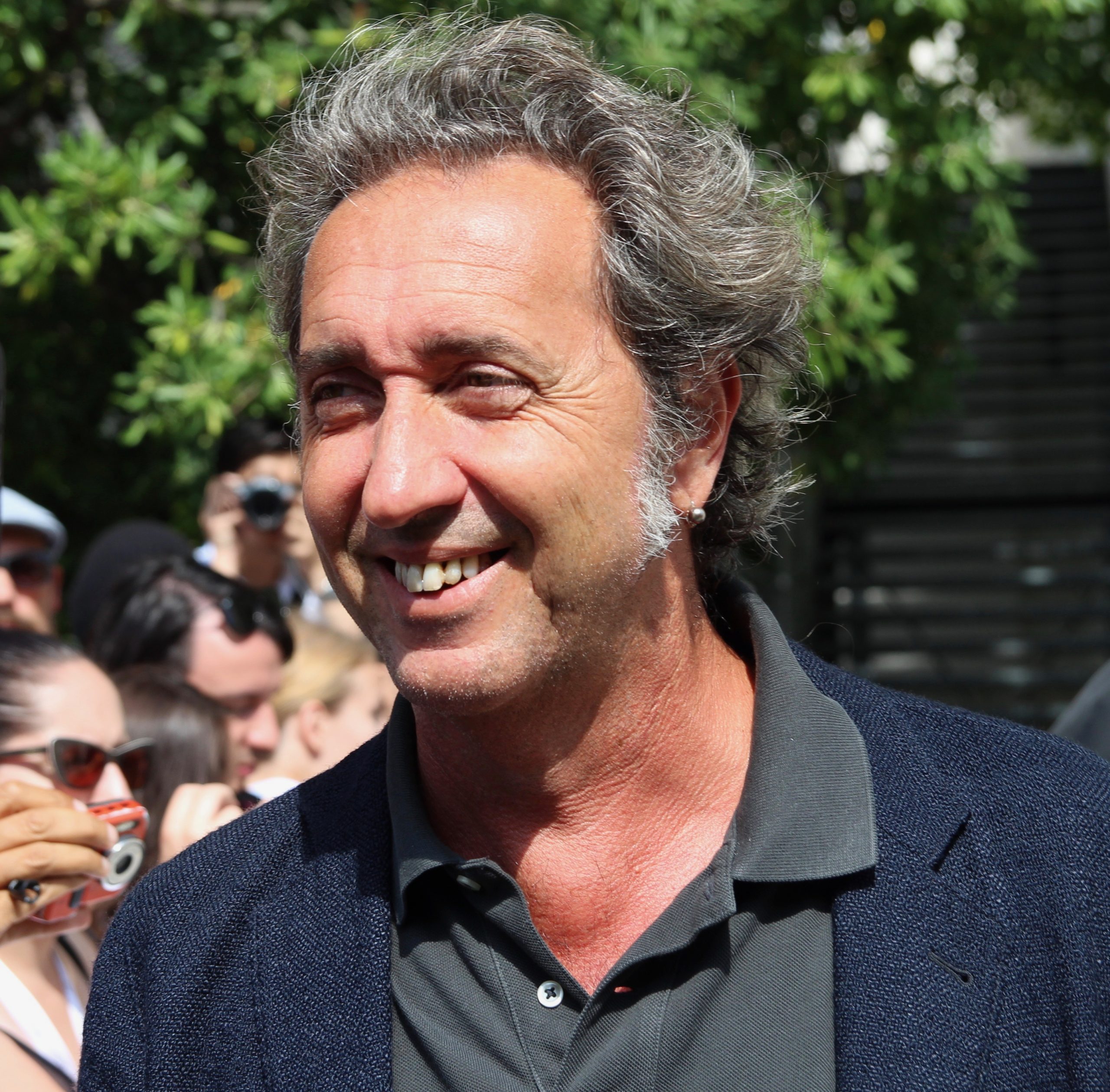To follow an Academy Award win is a tough act, but Paolo Sorrentino is no stranger to challenges. His new film, Youth, second film entirely in English language after This Must Be the Place, has a parade of stars including screen legends Michael Caine and Harvey Keitel. It’s set in a elite resort in the Swiss Alps, an hiding place for celebrities and artists who need some time alone to either relax, prepare for a role, meditate on life or simply take a breath from the madness of the world they live in.
Like many of Sorrentino’s works, the movie deals with several themes such as friendship, the passing of time, contemplation on past and future, while creating a stunning spectacle of images, photographed like paintings (the dream sequence is a clear example of that).
Less pompous than The Great Beauty and more story driven, Youth can count on the great Michael Caine to carry the audience throughout the film. “If Michael would have said no, I would have not made the movie,” says Sorrentino. When the British actor heard the director wanted him for the picture, he was humbled and somehow surprised, “I knew all of Paolo’s work,” he says. “My agent called me and said, I got a script from Paolo Sorrentino and I said, has he heard of me? You don’t think anyone has heard of you.”
The Italian director doesn’t do any rehearsal prior to shooting, as the digital revolution in cinema allows to film everything and decide later in the editing room. It can be daunting, Keitel initially had a problem with having to try out ideas on set instead of during the preparation time, or it can be freeing as Caine puts it, “The very first scene I did was where the Queen representative is trying to talk me into conducting for the Queen. There is a lot of dialogue, five or six pages. I asked for rehearsal and he said, ‘I don’t rehearse, I just shoot in case something happens.’ See, directors stopped using film, now it’s digital. They used to rehearse so not to do a lot of takes and waste all that film, now they just don’t give a damn! As we shot it I found out how relaxing it was.”
Keitel plays an aging director working with a group of young writers on his new script. They are testing new ideas trying to come up with the movie that is going to be a testament to his legacy. There is quite a bit of Sorrentino in that character. “I wrote it because I know that kind of job. My first years in world cinema I wrote with other screenwriters and I was able to say any stupid thing, and beautiful things. [With this character] I’m trying to live again those wonderful years of my youth.” As the story focuses on the friendship between two octogenarians, one may wonder why the movie is called Youth.
Keitel’s character often finds himself engaging in conversation with Caine’s about their long time friendship and how they got to that point in life. Caine explains, “There’s a scene where the doctor examines me and I say, I don’t understand how I got here. And it never struck me when I said it on camera; I really don’t know how I got here. When you get to my age, I’m 82; you really don’t understand how you got here. So the doctor says, you are absolutely fine, that’s what we call youth. That’s where the title comes from. It wasn’t called Youth when we started, otherwise I may have turned it down. I may be too old to play the lead in a movie called Youth.” Caine’s joking aside, the director had a clear idea what the movie is about. “How a person not so young faces the future. I was interested in exploring how difficult is the memory for people when time goes by, how difficult it is to keep the memory of things, the relationship with the children. Harvey and Michael like to say each other only the beautiful things, it’s the best love story you can imagine.”
The movie also features Paul Dano playing a young movie star who’s at odds with fame and the fan craze that comes with the job and the lovely Rachel Weisz who plays Michael Caine’s daughter seeking advice from her dad after her marriage falls apart.
Their exchanges are the foundation of the movie. “It was very important for me,” says the director, “because the relationship between Michael and his daughter explains what we need to understand about the character, about memory, about how people remember things of life.”
The added value is the presence of Jane Fonda, in a role that is no more than an extended cameo, but she absolutely knocks it out of the park. “I sent Jane Fonda the scene and I sent the picture of the actress that inspired me to write that scene. Then I said we can’t say who that is. Only Jane and I know the actress that inspired me and she was very happy to be that actress.” So is Sorrentino obsessed with death or life? “The answer is simple, I’m obsessed by life. For this reason I worry about death.”






























